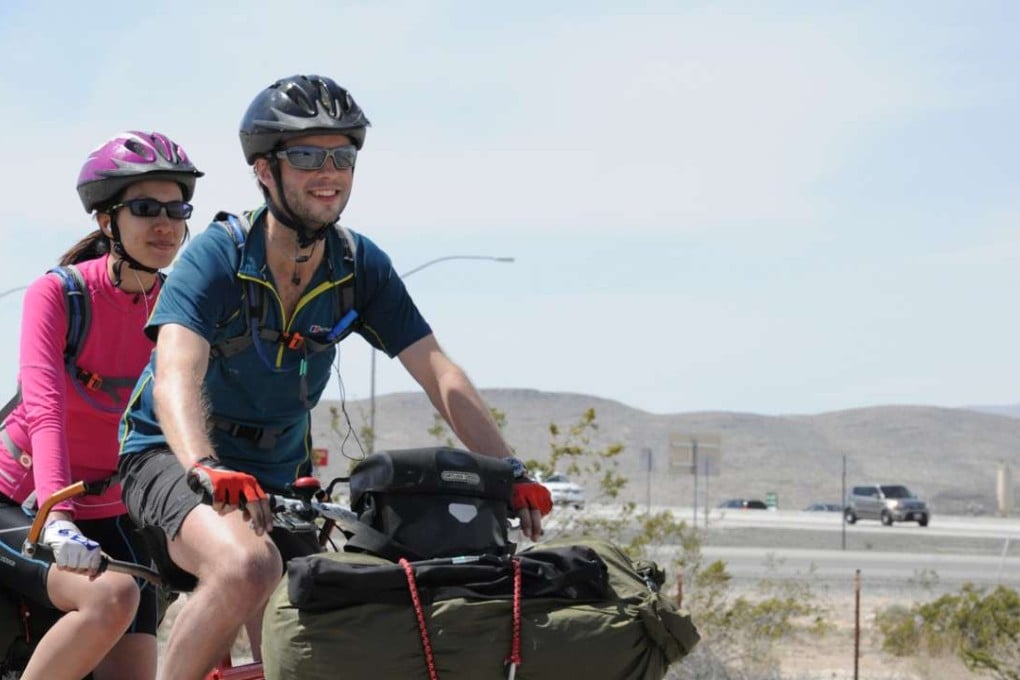What a comfort-loving Hong Kong wife learned on a bike ride from LA to New York
Christine Lilwall was a typical Hongkonger – used to air-conditioned malls and travelling in comfort – before embarking on a 5,000km bike ride with her adventurer husband, Rob

Imagine the only way you can make reasonable progress towards your final destination, 5,000km away, is to move towards it at about 60km to 80km a day on a bicycle. For someone who’s never travelled on a human-powered vehicle for more than 150km, it is an exciting but daunting prospect.
The idea of cycling across the United States was mine. A Hong Kong Chinese lawyer turned NGO professional, I had not spent a single night in a tent before my husband and I met, and even since had not been on a cycling trip lasting more than 72 hours.
My husband, Rob, is at the other end of the spectrum – a seasoned professional adventurer and inspirational speaker. He cycled more than 50,000km from Siberia to London over three years, and on another expedition walked 5,000km from Mongolia to Hong Kong. He completed these challenges either alone or with a male adventuring friend.
So when I suggested the cross-country tandem trip, Rob was pleasantly surprised.
After spending much of the past four years running a children’s charity in Hong Kong, we decided this was the sabbatical we needed. We had always been intrigued by the diversity and complexity of the US and couldn’t wait to explore it at ground level.
Venice Beach on the Los Angeles waterfront was our starting point. We spent three days breaking out of the urban sprawl, then kept on pedalling east on our tandem until New York. Not in a particular hurry, we would take five months to cover the 5,000km, with plenty of breaks along the way.